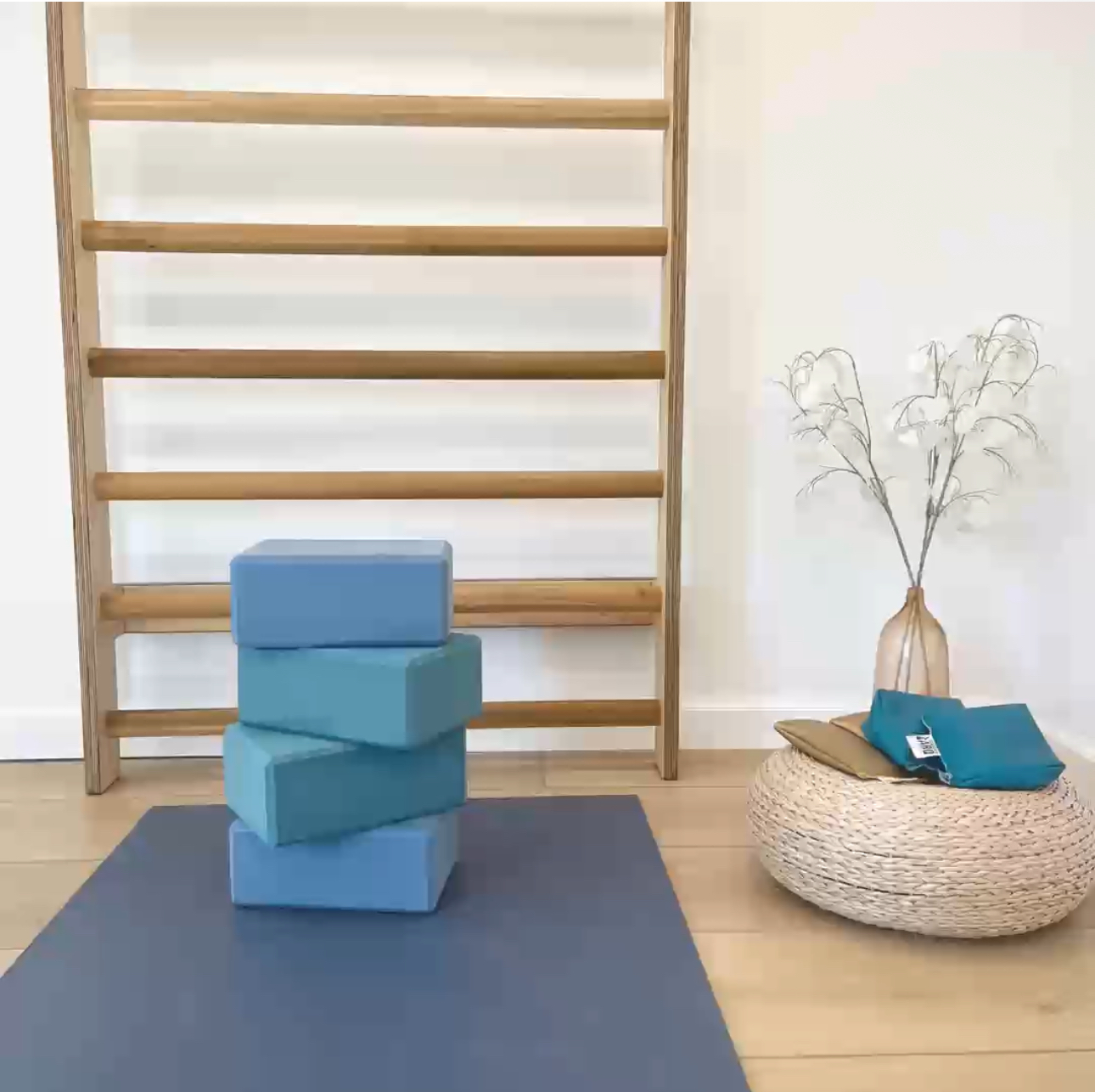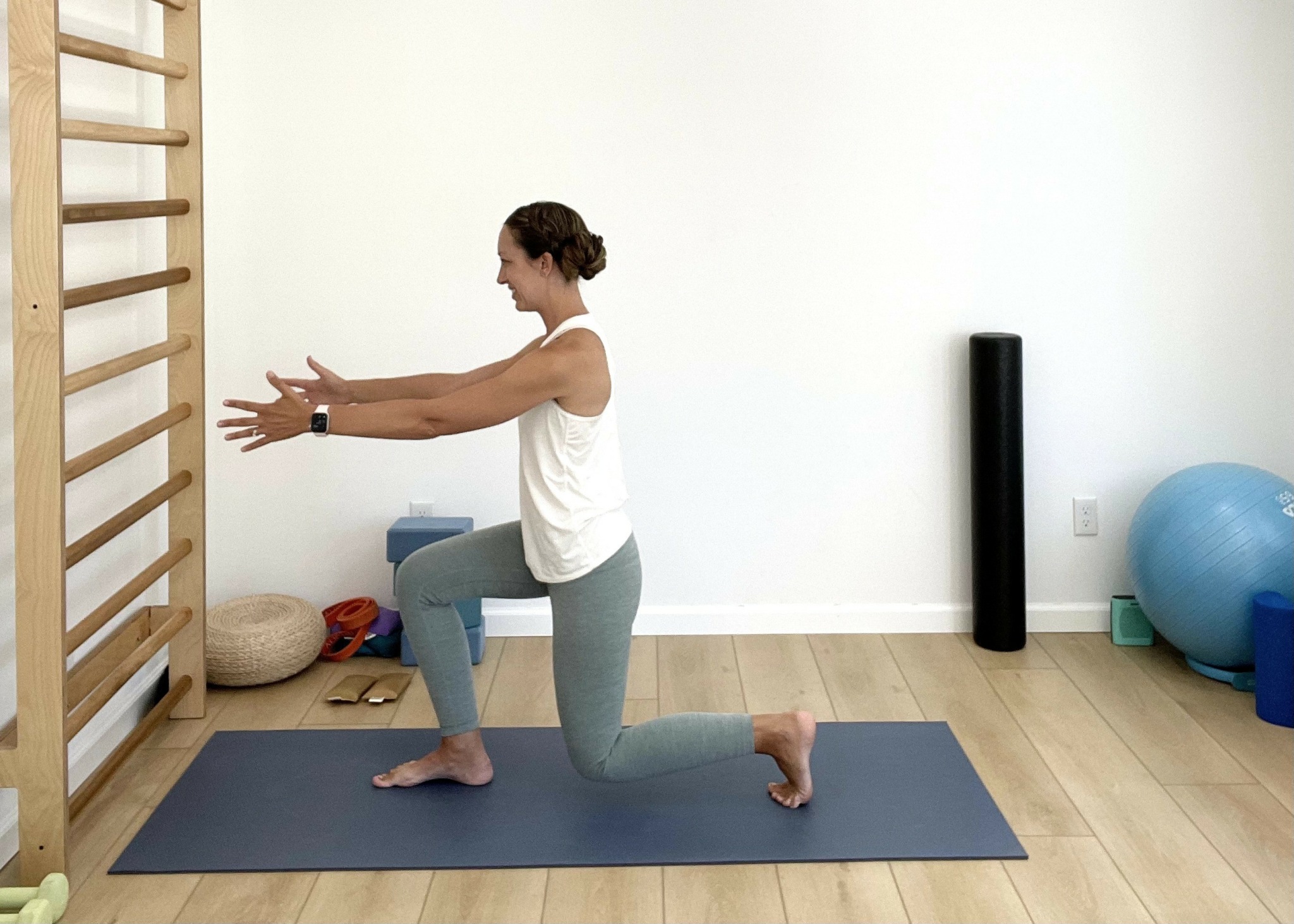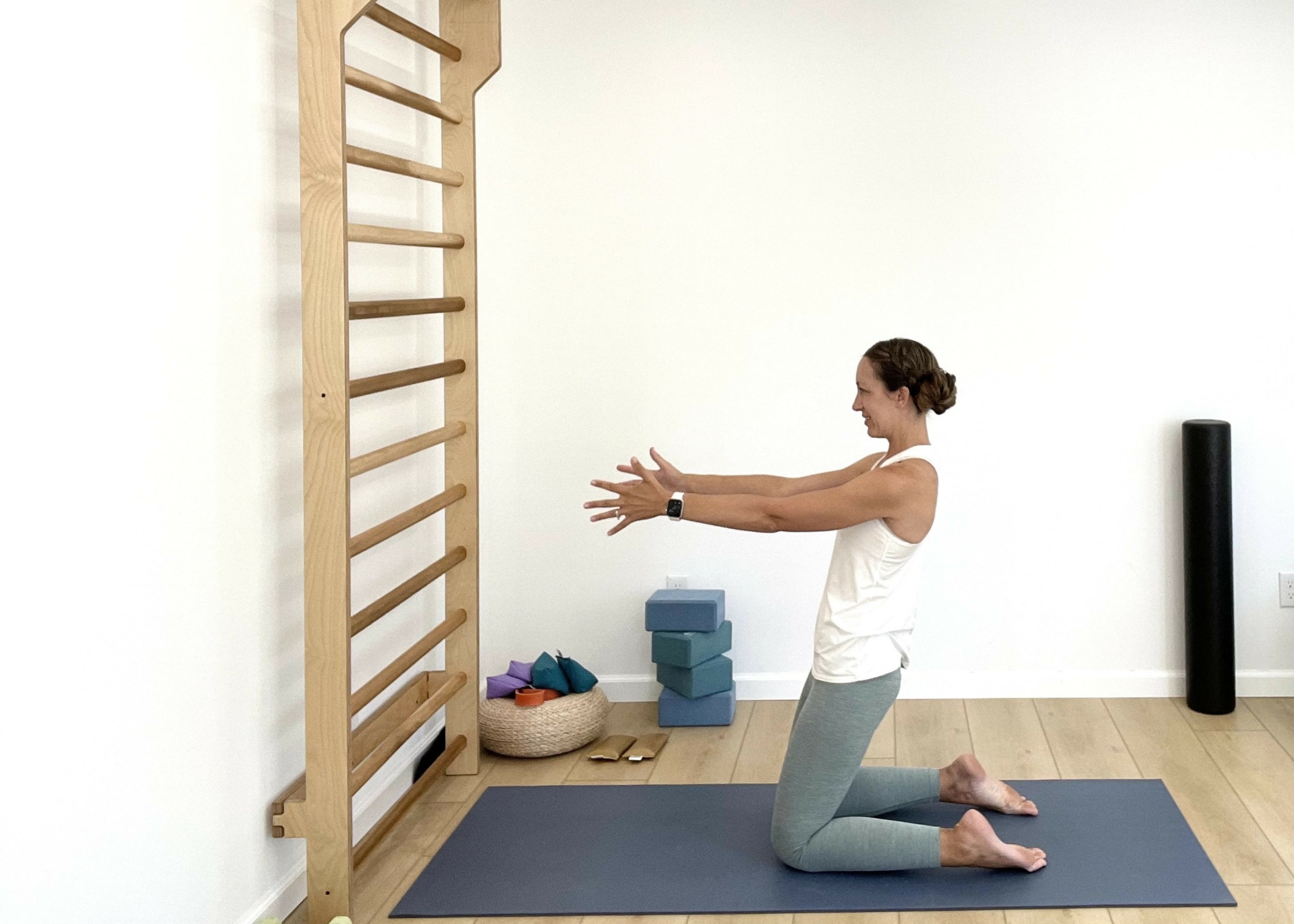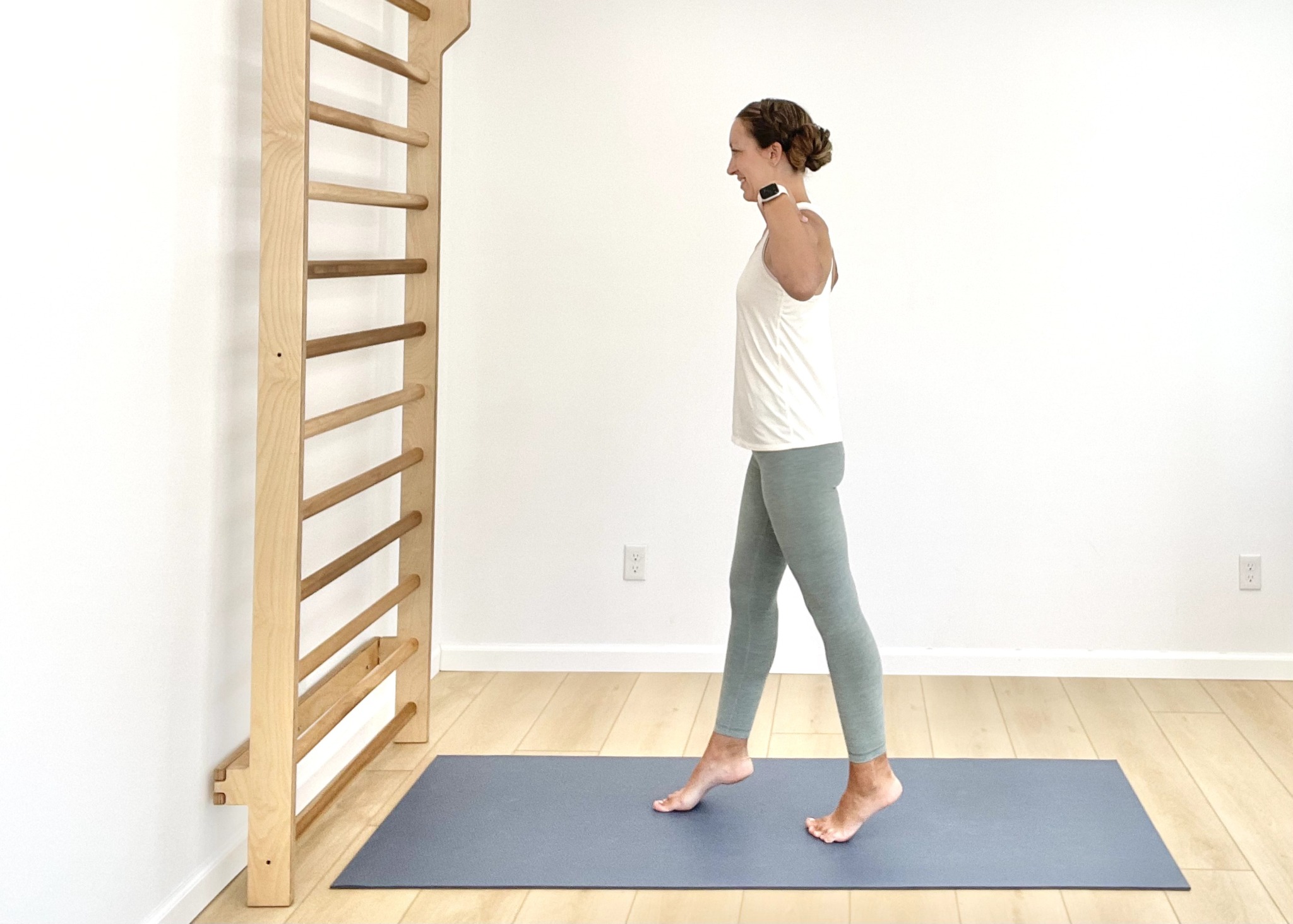We’re excited to introduce you to the always interesting and insightful Karen Pettine. We hope you’ll enjoy our conversation with Karen below.
Hi Karen , thanks for joining us today. What’s the best advice you ever gave to a client? How did they benefit / what was the result? (Please note this response is for education/entertainment purposes only and shouldn’t be construed as advice for the reader)
One of the most meaningful pieces of advice I give to individuals with scoliosis is two-fold: it’s never too late to start, and how you move matters more than what specific exercise you’re doing.
I once worked with a woman in her late 60s who had lived with scoliosis for decades. She had been told to expect worsening pain and limitations over time, and believed that exercise couldn’t really help her. But what she discovered through our work together was that scoliosis-specific exercise is about more than seeking to correct or fix the curve, it’s about teaching the body how to find the best possible balance, three-dimensionally, within the unique shape of her spine.
Through the use of highly individualized and specific treatment, we focused on understanding her curve pattern and how that influenced the way she moved. Through the use of these intentional, specific movement strategies, she began to feel more aligned, stronger, and more in control of her body.
Over time, she was able to walk longer distances, do household tasks, and enjoy activities she had once avoided—all with less pain and more confidence. What changed most wasn’t just her physical condition, but her mindset. She no longer saw scoliosis as a limitation, but as something she could work with instead of fight against.

Karen , before we move on to more of these sorts of questions, can you take some time to bring our readers up to speed on you and what you do?
My name is Karen Pettine, and I’m a physical therapist specializing in scoliosis care for women. I run a solo practice in Albuquerque, New Mexico, where I provide highly individualized, one-on-one care with a focus on helping women feel stronger, more confident, and more in control of their bodies—no matter their age or curve severity.
My journey into this field is personal. I was diagnosed with scoliosis myself, and while I was fortunate not to experience significant pain, I did have a sense that my body moved a little differently. When I began studying physical therapy, I discovered scoliosis-specific exercise, particularly the Schroth Method, and it changed the way I understood my own body. More importantly, it helped me realize how little support many people with scoliosis receive—and how transformative it can be when that support is tailored, intentional, and empowering. That realization is what led me to create my practice.
I’ve pursued advanced training and certifications in both the Schroth Method (BSPTS C1 and C2) and SEAS (Scientific Exercise Approach to Scoliosis). These approaches go beyond general strengthening and posture exercises—they help people learn how to move with their unique curve pattern in mind.
What sets my work apart is the level of individualization and education I provide. I don’t believe in one-size-fits-all care. My goal is to teach each person how to work with the shape of their spine—to find balance in all three dimensions, and to integrate that awareness into daily life. I want my clients to feel that they understand their body better, that they can move with confidence and less pain, and that they have practical tools they can use every day.
What I’m most proud of is helping women reclaim parts of their lives they thought were lost—whether that’s walking without pain, feeling more confident in their posture, or returning to the activities they love. I want anyone considering working with me to know that scoliosis doesn’t have to be a limitation. With the right approach, it can become something you understand, manage, and move forward with.
This work is personal to me, and I bring that care and commitment into every session I offer. My goal is to make scoliosis care feel accessible, supportive, and—above all—empowering.

How’d you build such a strong reputation within your market?
I believe what has helped build my reputation in the market is a consistent commitment to providing the best possible care for each individual client. I don’t approach treatment with a preset formula or one-size-fits-all mindset. Instead, I take the time to understand each person’s unique goals, curve pattern, medical history, and lifestyle. That level of personalization—combined with evidence-based methods and a focus on education—has helped people feel truly seen, supported, and empowered in their care.
Word of mouth has been a big part of how my practice has grown, and I think that’s because patients know I’m not just checking a box—I genuinely care about helping them feel better, move better, and live with more confidence. Whether it’s a complex scoliosis case or someone simply trying to stay strong and mobile as they age, my goal is always to provide thoughtful, high-quality care tailored to the person in front of me. That’s what I believe has built trust and a strong reputation over time.

Any advice for growing your clientele? What’s been most effective for you?
What has helped build my clientele more than anything is a genuine focus on relationships and community. I take the time to really get to know each person I work with—not just their diagnosis, but their story, their goals, and what matters to them. That connection builds trust, and over time, that trust naturally extends into the community through word of mouth.
Many of my clients have referred friends, family members, or even acquaintances who are looking for scoliosis care or a more personalized approach to physical therapy. I also make it a point to stay engaged locally, whether it’s through professional collaborations, educational outreach, or simply being present in conversations around women’s health and wellness. I believe people are drawn to care that feels both expert and human, and I work hard to create that kind of space.
Ultimately, I think my practice has grown because people don’t just feel like they’re receiving care—they feel like they’re part of something supportive, informed, and invested in their long-term well-being. That sense of community has been one of the most meaningful and effective ways I’ve been able to grow and sustain my practice.
Contact Info:
- Website: https://abqscoliosis.com
- Instagram: @karen.pettine
- Youtube: @KarenPettineDPT

Image Credits
Karen Pettine


